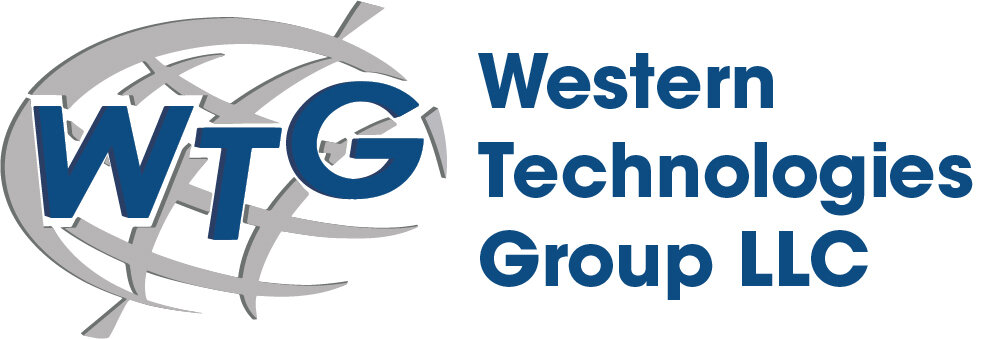Challenging Flood Insurance Requirements of Properties in Zone A
Why submitting a LOMA is a worthwhile option.
Challenging the flood status of a property in an A Zone by submitting a Letter of Map Amendment (LOMA) can be considered a little bit of a “gamble” but it is an entirely worthwhile pursuit, often with a positive outcome for the investor.
In fact, we regularly request LOMA’s on A Zones, and often the outcome results in removal from the SFHA.
About A Zones
Flood Zone A is a Special Flood Hazard Area designated by FEMA to have a 1 percent annual chance of flooding. It is also commonly referred to as the 100-year flood zone.
Of the many flood zones that qualify as Special Flood Hazard Areas (SFHA), therefore requiring flood insurance on habitable structures, A Zones were created with less specific data within the floodplain study, offering no official recorded BFE (Base Flood Elevation).
For property owners with structures in Flood Zone A, that have federally backed mortgages, mandatory flood insurance purchase requirements apply.
The Difference Between Zone A and Zone AE
As stated above, Zone A corresponds to a 1-percent-annual-chance flood event which was generally determined in the Flood Insurance Study by approximate methods of analysis. Because detailed hydraulic analyses are not performed for such areas, Zone A does not include Base Flood Elevations (BFE) or depths shown within the zone, whereas Zone AE does include this detail:
A = Approximate - Zone is determined by approximate methods
AE = With Elevation - Zone is determined by more detailed methods
As you can see in the image below, Zone AE (red) shows approximate Base Flood Elevations at several locations, while Zone A (purple) excludes this data and is also a more widespread area in an effort to include and therefore cover a more generalized spread of land under the NFIP.
The Process of Challenging Flood Status of a Structure in Zone A
Flood status can be challenged to potentially remove a structure from its designated flood zone, to potentially eliminating a mandatory flood insurance requirement. Challenging flood status is a simple process:
Order our low cost, certified Flood Zone Determination
Consult with one of our Certified Floodplain Managers on data findings and appropriate next steps based on your flood report
Secure an Elevation Certificate (if advised by our team)
Submit for a LOMA (Letter of Map Amendment)
What Happens When You Request a LOMA for a Structure in Zone A?
A LOMA works to remove a structure from a High-Risk Flood Zone designation if the structure is above BFE. However, with properties in A Zones, the BFE is unknown, there is no BFE reference. It was never studied nor recorded.
When a LOMA is submitted for a structure in Zone A, FEMA produces a BFE. Only then do we have that detail to work with, and only then does the LOMA confirm whether removal is possible.
In our experience, it is absolutely not uncommon to see removal of a structure from the A Zone. In the example below, you can see a property almost entirely within Zone A, and the LOMA that was issued, thereby removing flood insurance requirements.
The Costs of Pursuing a LOMA
The process always starts with ordering a low cost, certified and insured flood zone report from WTG which retails for $30 per report. Continuing forward, cost to secure an Elevation Certificate ranges throughout the country but in the state of NJ, for example, it would be $600 plus $150 for the LOMA submittal process.
In total, you could invest roughly $780 to pursue removal, and potentially save thousands of dollars annually in flood insurance.
If insurance is required on a structure within an A Zone, and there’s a reasonable chance of it being removed by a LOMA, it can absolutely be worth pursuing.
Our Top Recommendations
WTG’s greatest mission to help lenders and other industry professionals gain clarity and confidence in their real-estate investments. The best way to achieve this is by accessing the most accurate and transparent flood information available.
WTG is not an insurance company, nor are we affiliated with any insurance company. As an independent third-party, we always recommend flood insurance be considered even if a property is not in an SFHA.
While there’s no guarantee flooding won’t ever occur, our Flood Zone Determination Reports and full service expertise will help ensure you’ve taken every step possible to protect yourself and your investments.
The information provided is for informative purposes only and is not intended to be legal advice or a legal opinion. For legal advice, please consult an attorney.
